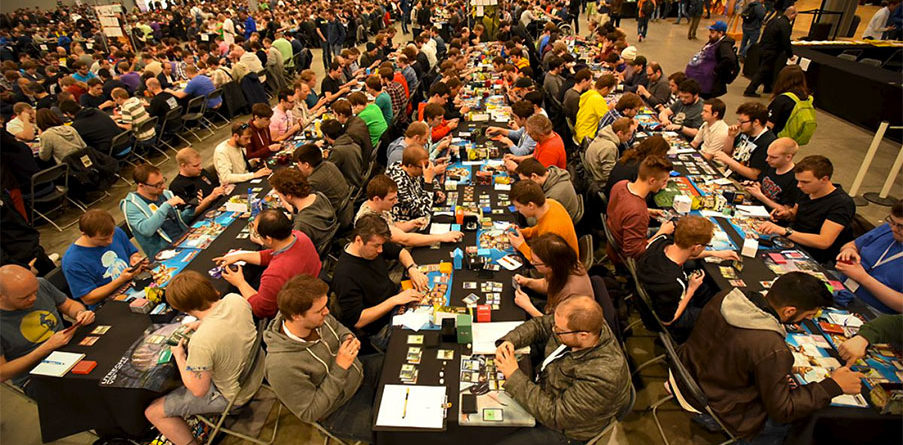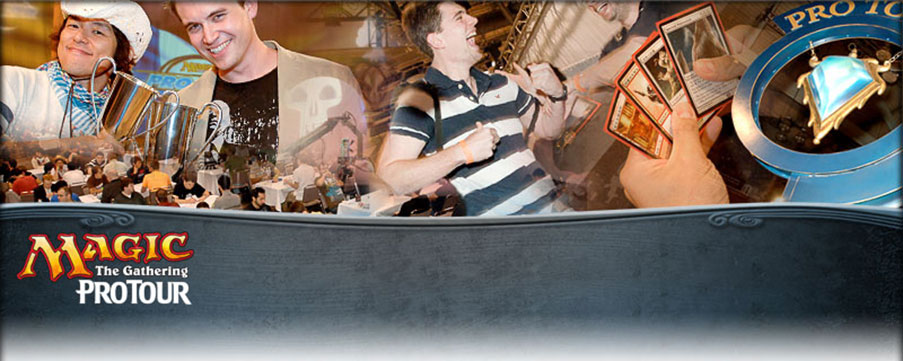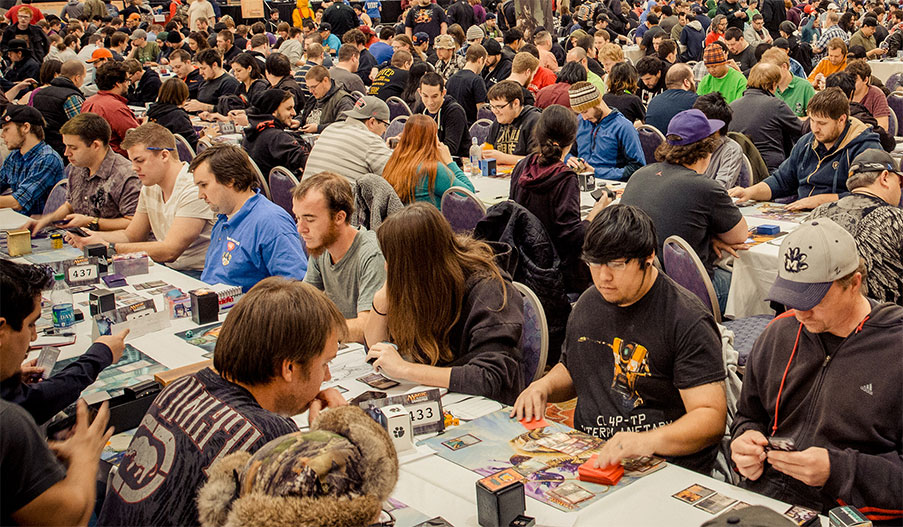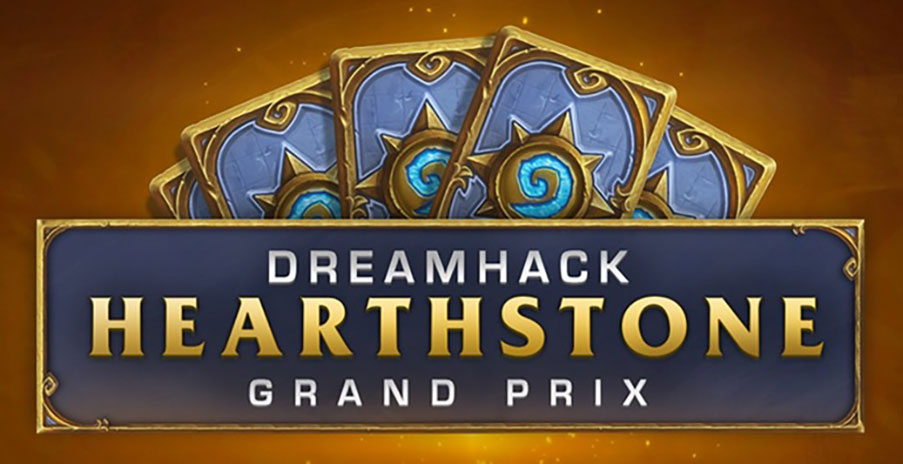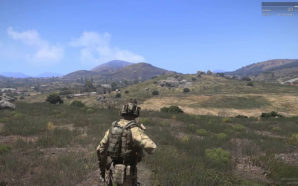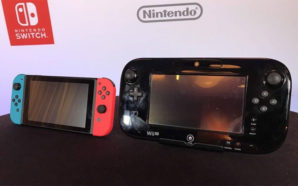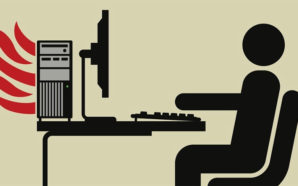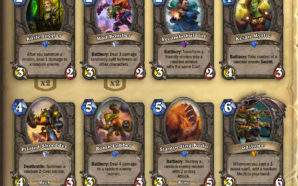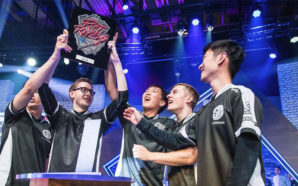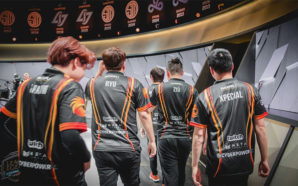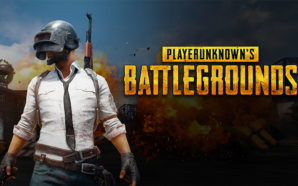In the previous article we have discussed the rigour of the Hearthstone Championship Tour 2017. In this article we are going to compare the competitive scene of Magic The Gathering vs Hearthstone.
Why Compare Magic The Gathering vs Hearthstone?
Magic: The Gathering is one of the well-known card games since its release in 1993 and has over 20 million players worldwide. Following the genre, many card games have been released but none of them survived as much as Magic The Gathering. Nearly 25 years later, the organized (or competitive) play structure evolved (also still evolving) enough to be considered a well-established structure – also complex enough – to be taken as an example for the other games. Even though, there are many significant differences between Magic: The Gathering and Hearthstone (which we are going to discuss later), there are many things that M:TG does good in terms of competitive play.
Magic: The Gathering Competitive Structure
In the organized play of M:TG, the points that the players earn throughout a season are called “Pro Points”. These points are awarded in the following tournaments;
- Pro Tours (Invitation-only tournaments)
- Grand Prix (Open tournaments)
- World Championships (Individual and national team events)
- National Championships (Recently introduced, therefore not covered in this article)
The Pro Points earned in a season qualify players to certain Pro Player levels (Silver, Gold, Platinum) to provide certain benefits such as, invitation to other Pro Tours, appearance fees, airfare for Pro Tours etc. It is important to note that, Pro Points earned provide benefits for the current season and the season after, so that after a successful season, pro players enjoy these benefits in the following season as well. This provides a certain pro player base, regularly competing in the high level tournament scene as long as they are successful.
Pro Tour
Pro Tours are 3-day events and scheduled right after a set (expansion) release. In day 1, 3 rounds of draft, followed by 5 rounds of standard are played in Swiss format and the players with 12 or more match points advance to day 2. In day 2, the same structure applies and the top 8 players play single elimination on day 3. There are 4 Pro Tours each year and each of them feature around 400 players which compete for a prize pool of $250,000 (awarded to top 75 players) as well as Pro Points.
For a player that has no invitations by any means, there are three ways to qualify to a Pro Tour;
- Regional Pro Tour Qualifier
- Magic Online Pro Tour Qualifier Winners
- Grand Prix
Magic Online Pro Tour Qualifiers
There are 1-2 Pro Tour qualifiers (PTQs) each week (depending on the schedule) on Magic Online in two formats, Limited (sealed with top 8 draft) and Standard. To compete in the Magic Online PTQs, you need to earn an invitation by making 4 or more wins in a Preliminary Pro Tour Qualifier which are 5 rounds Swiss tournaments and scheduled many times during the week. Magic Online PTQs can feature up to 672 players (the actual number are much lower than this limit though).
The winner earns an invitation to the Pro Tour and to a mini tournament called “Magic Online Showdown” which is held at the Pro Tour, and awards $1,500 to all players along with other digital rewards. This is basically to replace airfare benefit that comes with Pro Tour invitations by other means.
Regional Pro Tour Qualifiers
There are several Regional Pro Tour Qualifiers (RPTQ) that grant invitations to each Pro Tour. To be able to compete in a RPTQ, players have to win a preliminary RPTQ event, which are held in many countries for each Pro Tour season. The top 4 finishers of each RPTQ are invited to the Pro Tour, and receive airfare to the Pro Tour.
Players that hold an invitation to Regional Pro Tour Qualifiers can compete in a RPTQ also online. The Magic Online RPTQ rewards invitations, along with airfare, to top 8 finishers.
Grand Prix
Grand Prix tournaments are 2-day open tournaments with Swiss tournament structure (generally 15 rounds) with a cut to top 8 single elimination bracket. Grand Prix tournaments may have different formats and can be a team event as well. The prize pool is at least $50,000 depending on the number of players in the tournament and is distributed between top 64 (in the case of less than 3000 players) and top 180 players (in the case of more than 2999 players). The winner of the Grand Prix earns $10,000 where 5-8th place finishers earn $1,500.
Depending on the number of players in the Grand prix, players who finished the Grand Prix with 39 (or 36) match points or higher and/or in the top 8 (or top 4) receive Pro Tour invitations along with airfare.
Grand Prix tournaments award also Pro Points with 30 or more match points. The winner receives 8 points and the 8th place receives 4 points. It should be noted that; in a season players can earn Pro Points from up to 5 Grand Prix tournaments, similar to the HCT points restriction on Cup tournaments.
Pro Points
In the competitive structure of Magic: The Gathering, Pro Points are used to provide benefits to pro players according to their levels. There are three levels; Silver, Gold and Platinum which require to earn 20, 35 and 50 points during a season. In addition, the winner of a Pro Tour and the winner of Magic Online Championship Series (a Magic Online only yearly circuit) automatically obtain Platinum level.
It is important to note that; whenever a player reaches to a certain Pro Player level, the player starts to gain the benefits effective immediately for the remainder of the season and the following season.
| Level | Pro Tour Invitation | Airfare | Appearance Fee |
| Silver | 1 | NO | NO |
| Gold | All | YES | NO |
| Platinum | All | YES | YES |
There are many additional benefits of Pro Player Club levels such as invitations and/or byes to World Magic Cup Qualifiers, Magic Online Qualifier points (QPs), Grand Prix byes etc. However, in this article the main benefits are covered.
Achieving Silver level provides up to 2 additional Pro Tour invitations (without airfare) whereas Gold level provides at least 4 Pro Tour invitations with airfare.
For the Platinum Pro players things are better. Firstly, these players receive an appearance fee of $3,000 for each Pro Tour that they showed up (and not disqualified from the Pro Tour), $250 for Grand Prix, $1,000 for participating in the World Magic Cup and $500 for participating in World Magic Cup Qualifiers.
As of late June 2017, which is about one month away from the end of the season for Pro Points, there are 43 Platinum, 70 Gold and 132 Silver level pro players. Therefore, more than 100 players have invitations to all Pro Tours. This leaves around 300 hundred players getting their invitations by other means as mentioned above including Silver level players.
In this sense, the Pro Tour environment is mixed with pro players and players with some degree of achievement such as top finishes in a Grand Prix or Regional Pro Tour Qualifier. Therefore, Pro Tours are considered the most important events in the Magic The Gathering Community and it is a unique experience for both players and the viewers.
There are many other aspects in the competitive structure of Magic the Gathering such as World Magic Cup which features national teams of over 50 countries and the individual World Championship which only the Pro Tour winners and top pro players (based on their Pro Points in the season) are invited. However, since the main objective of this article is to give an idea of an evolved, mature competitive card game environment, these aspects are left out.
One last thing to point out regarding the competitive scene of M:TG is the focus on “paper magic” which means the highest level tournaments are always played by actual cards rather than digital accounts. Although there is a strong connection between Magic Online and the Pro Tours, “paper magic” offers more competitive experiences than Magic Online. It is also important to note that; Magic Online is not extremely popular in the M:TG community compared to paper magic.
The Comparison with Hearthstone Championship Tour
As for the two different competitive play structures, one thing is common; the grind. For Hearthstone the grind is online i.e. it requires limited to no traveling whereas in order to earn an invitation to a Pro Tour the players have to travel to attend to RPTQs or Grand Prix. There is the Magic Online option, however, the number of players that earn an invitation from Magic Online PTQs are around 20 compared to a field of nearly 400 players – around 5%. Therefore, traveling is a must, which creates an additional entry barrier to the circuit unlike Hearthstone.
One may add and compare the deck prices and/or the price of the game however, that is another topic for another article. However, we should note that; in Magic the Gathering tournaments players play with only one Constructed deck against the field, therefore a mastery of a single deck is required for success. In Hearthstone however, the players have to be proficient with at least 3-4 decks, which means to be prepared to a Hearthstone tournament the amount of matchups that a players should test is about 3 or 4 times more than average M:TG tournament.
Another important aspect is the hybrid nature (Constructed + Limited) of M:TG Pro Tours. The structure of Pro Tours has evolved throughout the game’s history. For the last 5-6 years, the hybrid structure evolved into Standard format for Constructed portion and the Draft of the lastly released set (there is the concept of “block” but it is not necessary for this article). Therefore, mastering the constructed portion is not enough for significant success in the Pro Tour and the players are challenged for their drafting skills as well.
From the grind point of view, we can say that the M:TG Grand Prix and Hearthstone Cup tournaments are similar. In both games, the points earned (Pro Points for M:TG, HCT Points for Hearthstone) are limited to a number of tournaments for a given season. For the prize pool, on paper, M:TG Grand Prix awards much more, however, as mentioned earlier, there is the necessity of traveling and naturally, accommodation and food etc. expenses. In addition, Grand prix tournaments are huge events with generally between 600-4000 players depending on different factors such as location, format etc. Therefore, the prize pool being much more bigger for M:TG Grand Prix compared to Hearthstone Cup tournaments makes sense.
Grand Prix tournaments are always covered in a large extent and many players throughout the history of Magic The Gathering have made their names firstly on the Grand Prix tournaments. Much more comprehensive and structured approach is taken by Wizards of the Coast as a whole competitive environment and Grand Prix tournaments are an important part of this. On the other hand, Cup tournaments are not to be compared with M:TG Grand Prix tournaments in terms of coverage, size, frequency and organization. However, there are some tournaments that we can truly compare with the M:TG Grand Prix such as the Grand Prix tournaments organized in the Dreamhack events although still the competitive Hearthstone environment lacks a structured mid-to-high level of tournaments for the relatively new players to “shine”. This also due to the fact that the Major tournaments in Hearthstone are organized less frequently than they should be.
The Pro Tour field is also noteworthy. The mix of pro players and players that earned their invitation with a degree of success is a very unique experience for both the players and the viewers. On one hand, there are the pro players that most of the community knows (and appreciates) and on the other hand there are the “newer” players which are able to offer high skill plays. It is an environment in which good performance is rewarded not only by prize money or Pro Points, also by appearance on the stage (through streaming, tournament reports etc.) of high level competitive play.
Another aspect of the M:TG competitive structure is to reward a certain number of players in such a way that the good performance of the player during a year is reflected to the following year. For the players who achieved Platinum level in a given season, the objective is to stay in the Platinum level (called “gravy train” in M:TG community) whereas for Silver and Gold players to increase their level for the current year and the next. Even a Platinum level player would have additional objectives such as running for the Player of The Year Title (the player who earned the most Pro Points in one year) or to qualify to the World Championship. In Hearthstone however, for the players who secured their spots in the World Championship in January 2018 by making top 4 in the Winter Season Championship in March 2017, there is no other competitive objective left in terms of tournament level. The main reason for this is the performance of a given year is not reflected on the following year by any means.
One last thing to add is the communication of Wizards of the Coast with the community for the necessary changes, not just the competitive scene but also regarding the changes in terms of content, release schedules, product responses and perceptions etc. There are many things being changed each year, but it is always adding up and the responses are monitored by the members to make things better the following year. Of course, like any game, there are issues such as balance, meta game (especially standard format had a very rough year with banning certain cards on multiple occasions) etc. but the majority of the community feels that somebody is taking care of the state of the game. This is by no means a criticism to Hearthstone, however, the experience of Wizards of the Coast on this matter is, in my opinion, noteworthy and remarkable.
One thing is for sure, the Hearthstone competitive structure will evolve as the years go by and become a more complex, satisfying for both players and the community. Having the number of players, popularity and potential in the eSports field, the 4-year-old Hearthstone has much to learn from the 25-year-old Magic the Gathering.




